Polytunnel ventilation: How and when?
I realize that opening your polytunnel doors in the middle of winter might seem a little strange. But polytunnel ventilation is actually essential to keep your plants healthy. This is how I do it.
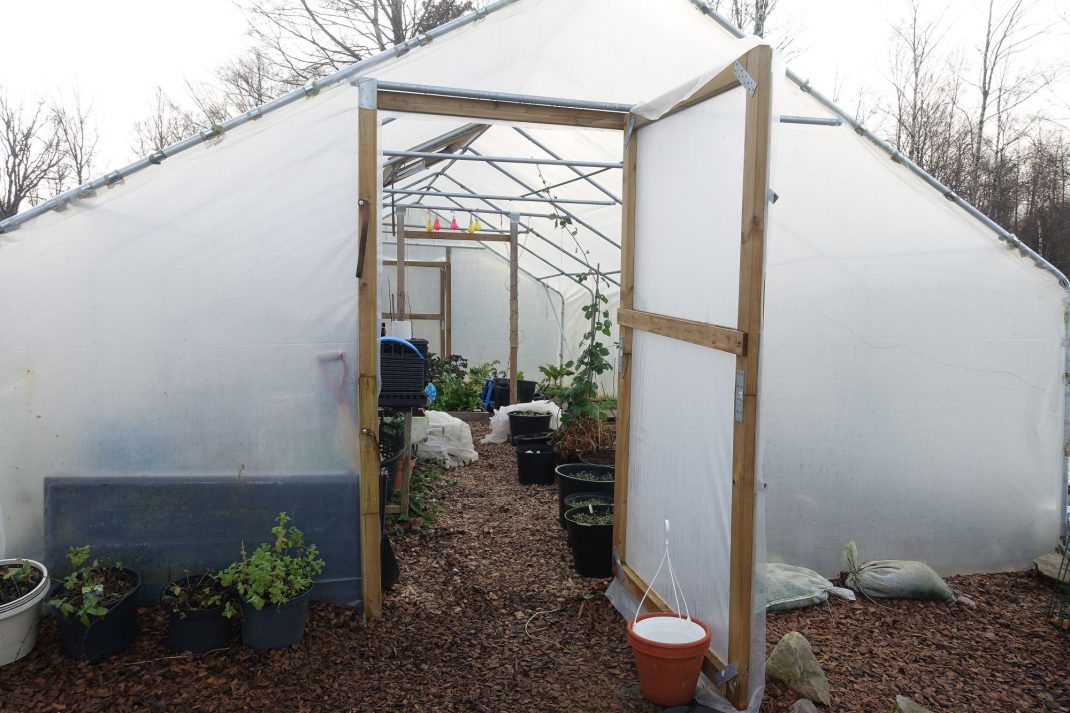
Polytunnel ventilation is essential to keep your plants healthy.
We just experienced the first cold spell this winter, with snow and below-freezing temperatures. Needless to say, I started dreaming of a white Christmas this year. But then, of course, the weather changed. The snow started to melt, and we had to listen to heavy raindrops on the roof while making the Christmas preparations.
Thankfully, I have managed to keep up with removing the snow on top of the polytunnels. I push the snow down whenever I need to. The snow gathers more easily on top of one of my tunnels, so I need to work a bit harder to get it off from there. How to do it? Well, I use a broom and push the snow off from the inside of the tunnel. The other polytunnel is shaped more like a regular greenhouse, so the snow falls off by itself. Most of the time at least.
So, what happens now that the temperature stays above freezing for a while? After all, I am growing a lot of plants now in winter too. The question is how to deal with the cold or fluctuating temperatures in winter?
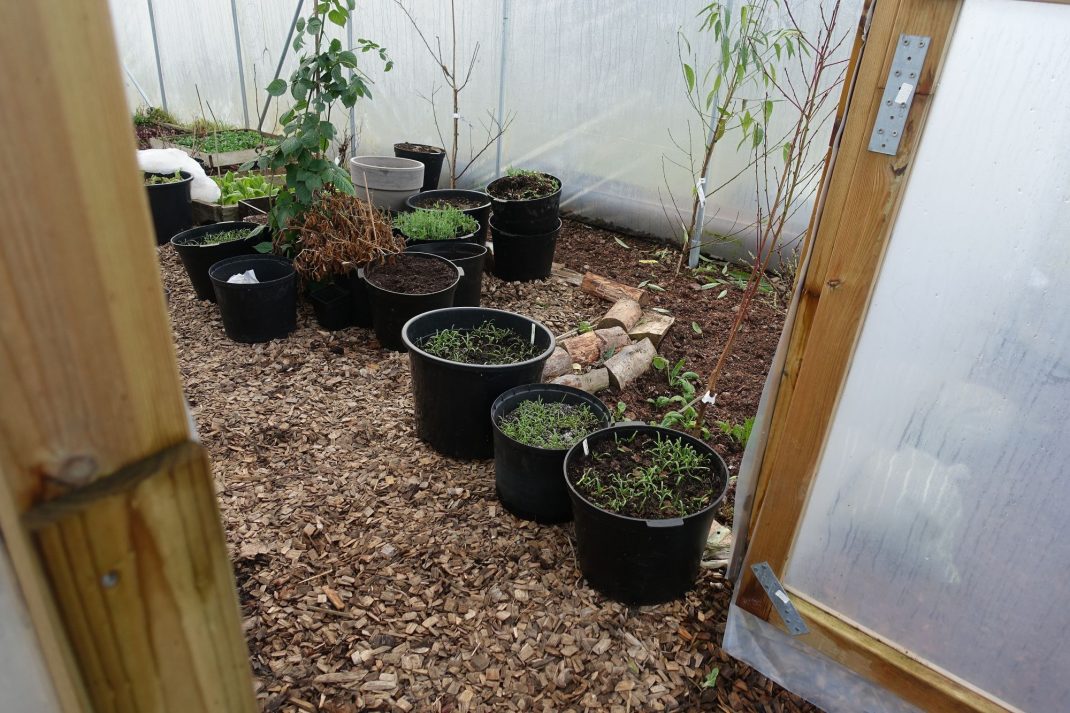
Opening the door helps keep the airflow going, but you actually keep the nice protected climate in here. It's still warmer here than outside.
Polytunnel ventilation is key
Many of you who just started growing vegetables in winter will probably want to protect your vegetables at any cost. This often means keeping them inside, warm and snug. But after a few years of winter gardening, I know now that this just isn't the way to go.
The vegetables in my garden are hardy and the temperature we have now (around 35 degrees, or a few degrees Celsius) is really not a problem. In fact, I think they would be OK outside too. The light is the main problem for us up here in zone 3 though. So, using the polytunnel will not at all guarantee that the plants will start growing and thriving. The polytunnel mainly protects them from the elements.
When it gets colder, the condensation in the tunnel freezes and ice crystals develop on the inside of the plastic and in the soil. When it thaws, this, of course, turns into water again. So, the polytunnel becomes a very damp place when this happens. And with humidity comes grey mold. That's why polytunnel ventilation is so important!
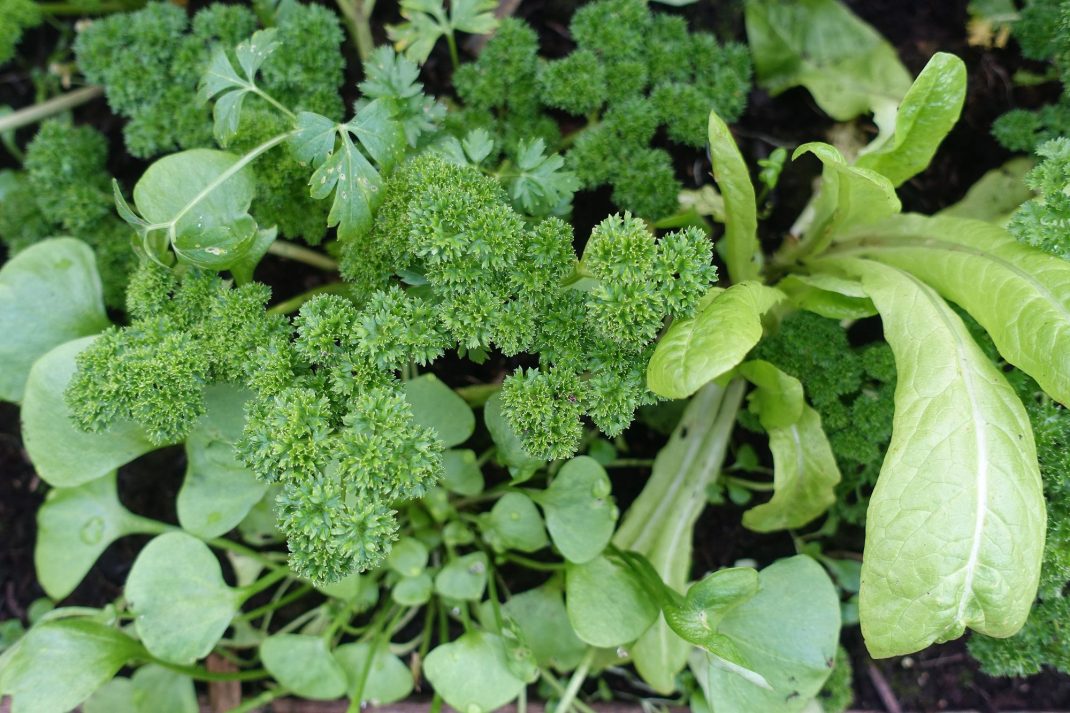
The ventilation protects my plants against gray mold.
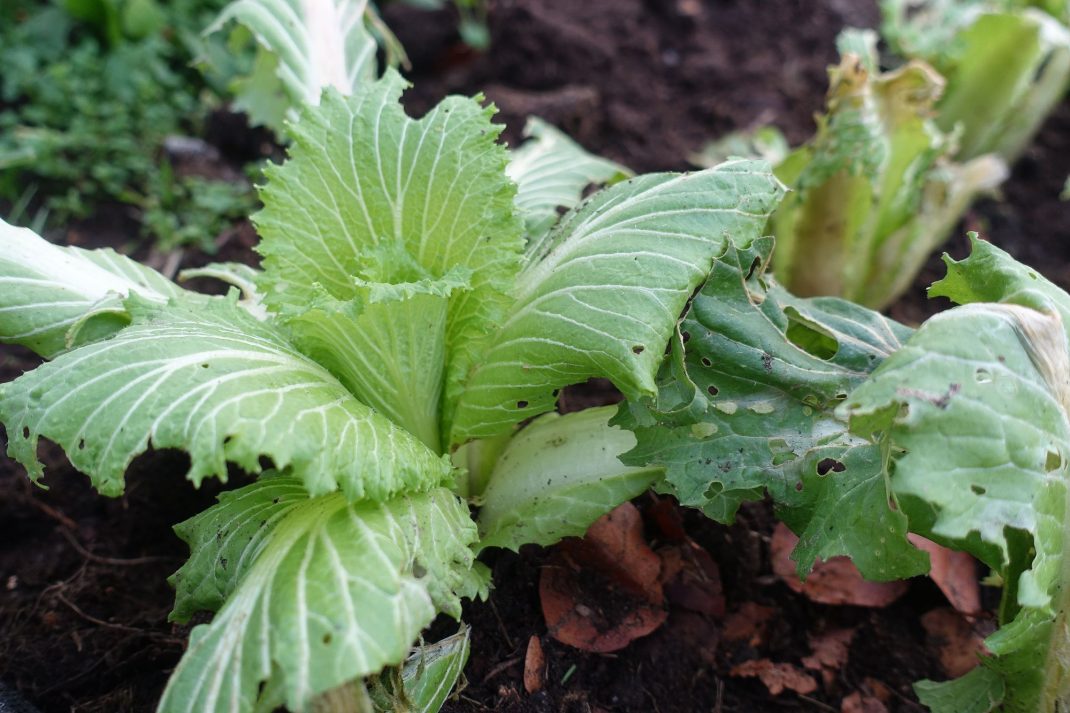
My napa cabbage is unfortunately not as hardy as many of my other plants in the polytunnel, but they actually do really well here in the polytunnel. Even when I open the doors.
The plants are fine!
Believe me, polytunnel ventilation is really not going to affect your plants if the temperature stays above freezing. My cabbage, beets, chard and lamb's lettuce are going to be just fine. It's actually been quite cold in the polytunnel these past few weeks, around 20 degrees (-6 degrees Celsius.) They will definitely survive my polytunnel ventilation when it's above freezing, no problem.
Don't forget to remove your row cover, plastic lids and other measures to protect your plants for a while too.
While you prepare for your polytunnel ventilation, you can also take this opportunity to remove any old or damaged plant parts. For example, I recently noticed some grey mold on my overwintered lettuce. Try to keep an eye on your plants to make sure that they are doing OK.
More about polytunnels: A new podcast from my frozen polytunnel
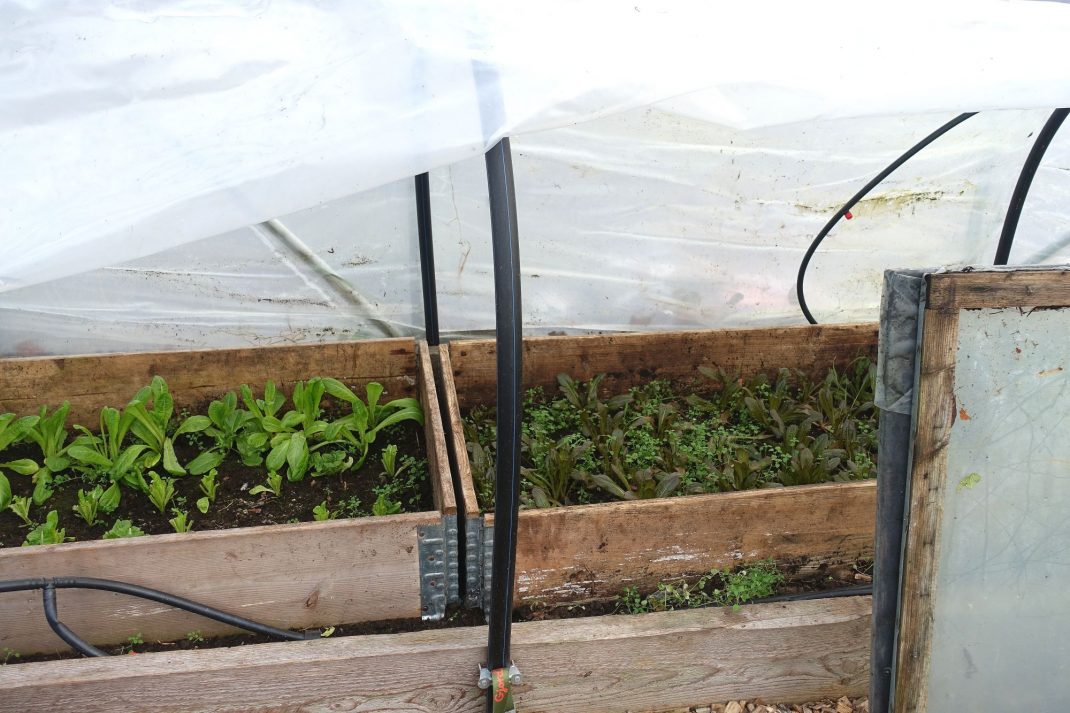
Remember to remove the lids and row cover protecting your plants, to let a little air in. This is my overwintered lettuce.
More about growing in a polytunnel: Winter gardening in my polytunnel
I often leave the doors to my polytunnel ajar when it seems like the temperature will stay above freezing. Don't do this if you have hungry deer and hares around though. I usually close the doors at night for this reason.
But remember to keep an eye on the weather report. As soon as it gets colder again, I cover my plants and close the doors to my polytunnels. The key to succeeding when growing winter vegetables in the polytunnel are to keep the temperature stable. Otherwise, the plants might get destroyed it they freeze and thaw over and over. A row cover can make a world of difference in these cases!
Good luck!
/Sara Bäckmo
16. December 2019
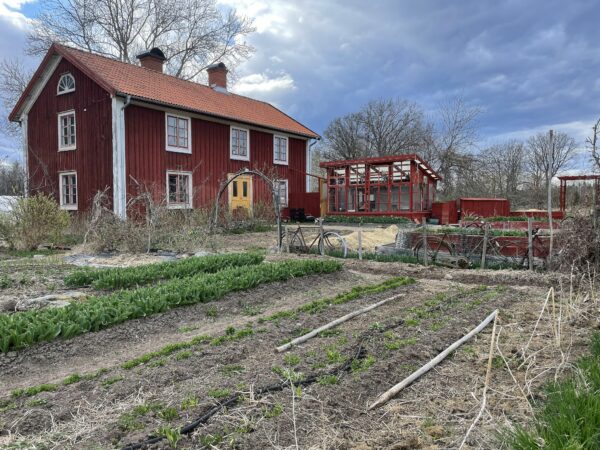
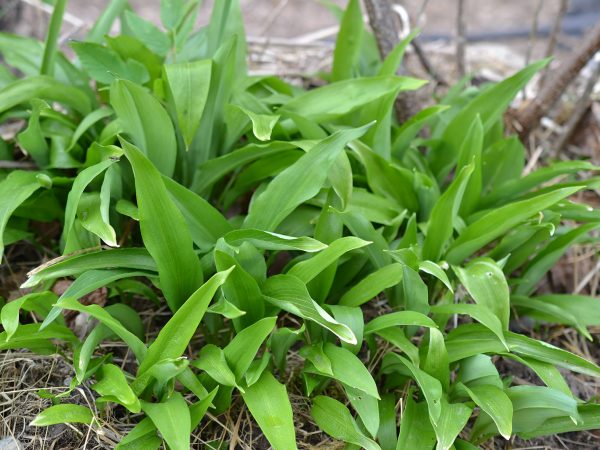
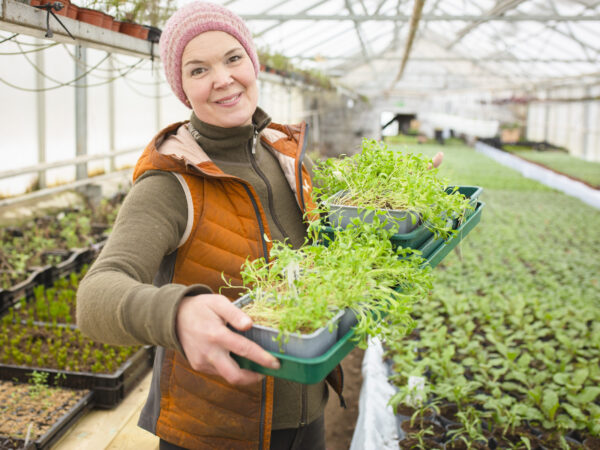
Leave a Reply